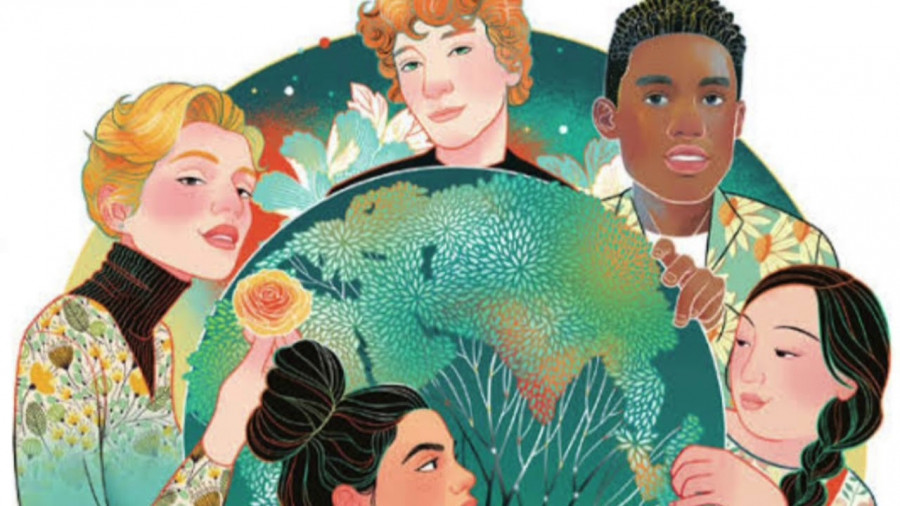Intercultural communication

блог
Danat Zhanatayev, Associate Professor of Al-Farabi Kazakh National University
Ainura Kobzhanova, 1st year master's student of Al-Farabi Kazakh National University
Today, various forms of communication are taught in many universities in Kazakhstan. First of all, the acquisition of knowledge and communication skills is dictated by the practical needs of real life. The processes of globalization, democratization of public life, openness and accessibility of the latest achievements of world culture allow a huge number of people to learn a lot about the behavior and way of life of other peoples. New knowledge is acquired in tourist trips, at scientific conferences, symposia, from media reports, personal meetings, i.e. through various forms of communication between people.
At the turn of the second and third millennia, it becomes more and more obvious that humanity is developing along the path of expanding the interconnection and interdependence of various countries, peoples and their cultures. This process covered various spheres of public life in all countries of the world. Today it is impossible to find ethnic communities that would not be influenced both by the cultures of other peoples and by the broader social environment existing in certain regions and in the world as a whole. This was reflected in the rapid growth of cultural exchanges and direct contacts between state institutions, social groups, social movements and individuals from different countries and cultures. The expansion of interaction between cultures and peoples makes the issue of cultural identity and cultural differences especially relevant.
The dissimilarity of people to each other creates favorable conditions for a person to acquire new skills and abilities, improve existing ones, but, on the other hand, the more differences in the characters, upbringing, education and cultural level of the interacting partners, the more opportunities for contradictions between them and conflicts. Therefore, people must possess a diverse arsenal of forms and means of cultural communication, the basics of psychological knowledge about the behavior of communication partners.
The concept of "intercultural communication" was first formulated in 1954 in the work of G. Treiger and E. Hall. In this work, intercultural communication was understood as an ideal goal to which a person should strive in his desire to adapt to the world around him as best and efficiently as possible. Since then, researchers have advanced quite far in the theoretical development of this phenomenon. As a result of numerous studies, the most characteristic features of intercultural communication have been identified. So, it was noted that for intercultural communication it is necessary that the sender and recipient of the message belong to different cultures. It also requires the communication participants to understand each other's cultural differences. In essence, intercultural communication is always interpersonal communication in a special context, when one participant discovers the cultural difference of the other.
In intercultural communication, the likelihood of misunderstanding increases much, since the belonging of the communicants to different cultures often violates their expectations. This causes negative emotions in relation to the communicating partner and the entire culture that he represents, leads to failure of the entire communication process. After all, we base our interpretation of the received signals on our life experience and culture. That is why someone else's behavior, based on a different experience and culture, can be misinterpreted by us. In this case, we have anxiety, uncertainty due to the inability to predict the further course of the communication process and its results. The human condition can be described as stress.
A special scientific approach to intercultural communication is presented in the theory of adaptation, developed in the works of the American researcher J. Kim. This theory examines the dynamics of adaptation of a person to a foreign culture, both arriving abroad for a short time, and living there for a long time. The starting point of her theory is the assertion that adaptation is a complex process with many components, during which a person gradually, incrementally, gets used to a new environment and new communication. The dynamics of this interaction is called the dynamics of stress-adaptive growth. It takes place on the principle of “two steps forward and one step back.” Periodic retreats that delay the adaptation process are associated with intercultural crises. Several conditions are required for successful adaptation. They include communication with a new environment (frequency of contacts, positive attitude), knowledge of a foreign language, positive motivation, participation in all kinds of events, access to the media.
Intercultural communication occupies one of the central places in the study and assessment of the current state of human society and culture, when it is especially important to determine the optimal boundaries between globalization and the preservation of socio-cultural pluralism, between terror and tolerance. The deeply contradictory influence of the modern Western world on other countries in the field of culture, often leading to the undermining of their spiritual potential, to the destruction of previous forms of culture, moral norms and values without fully replacing them with new ones, convinces that intercultural communication is not only the enrichment of one culture elements of another culture. It can be accompanied by cultural expansion, suppression of one culture by another, and not always by a higher culture.

